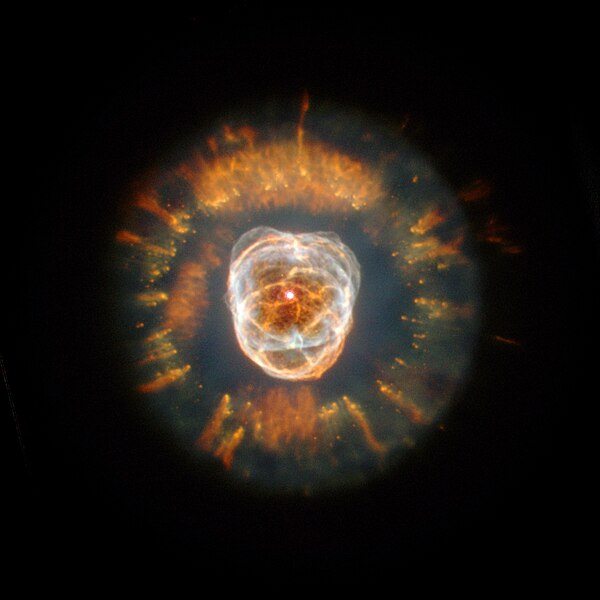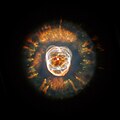Датотека:Ngc2392.jpg

Величина овог приказа: 600 × 600 пиксела. 5 других резолуција: 240 × 240 пиксела | 480 × 480 пиксела | 768 × 768 пиксела | 1.024 × 1.024 пиксела | 1.500 × 1.500 пиксела.
Оригинална датотека (1.500 × 1.500 пиксела, величина датотеке: 1,16 MB, MIME тип: image/jpeg)
Историја датотеке
Кликните на датум/време да бисте видели тадашњу верзију датотеке.
| Датум/време | Минијатура | Димензије | Корисник | Коментар | |
|---|---|---|---|---|---|
| тренутна | 14:34, 28. јул 2005. |  | 1.500 × 1.500 (1,16 MB) | Startaq | |
| 19:20, 1. фебруар 2005. |  | 320 × 259 (12 kB) | CWitte | Eskimo nebula |
Употреба датотеке
3 следеће странице користе ову датотеку:
Глобална употреба датотеке
Други викији који користе ову датотеку:
- Употреба на af.wikipedia.org
- Употреба на ar.wikipedia.org
- Употреба на arz.wikipedia.org
- Употреба на ast.wikipedia.org
- Употреба на az.wikipedia.org
- Употреба на be.wikipedia.org
- Употреба на bg.wikipedia.org
- Употреба на bn.wikipedia.org
- Употреба на bs.wikipedia.org
- Употреба на ca.wikipedia.org
- Употреба на ce.wikipedia.org
- Употреба на cs.wikipedia.org
- Употреба на cv.wikipedia.org
- Употреба на da.wikipedia.org
- Употреба на de.wikipedia.org
- Употреба на diq.wikipedia.org
- Употреба на el.wikipedia.org
- Употреба на en.wikipedia.org
- Planetary nebula
- Compact object
- Eskimo Nebula
- List of planetary nebulae
- User:Anticipation of a New Lover's Arrival, The/Galleries/Awards
- Caldwell catalogue
- Herschel 400 Catalogue
- User:Reginhild
- Wikipedia:Featured picture candidates/May-2007
- Wikipedia:Featured picture candidates/Eskimo Nebula
- User:Reginhild/Userboxes/Space Scientist
- Gemini (constellation)
Још глобалног коришћења ове датотеке.
